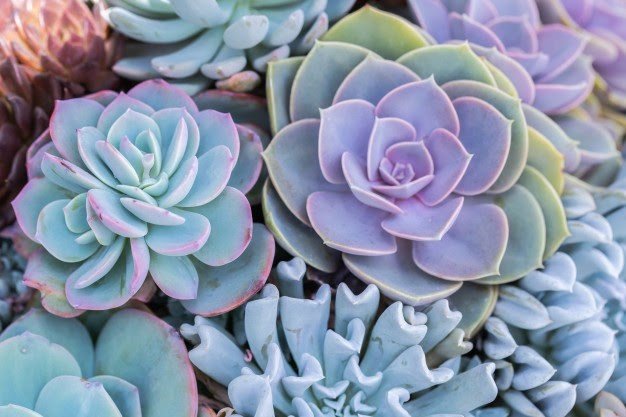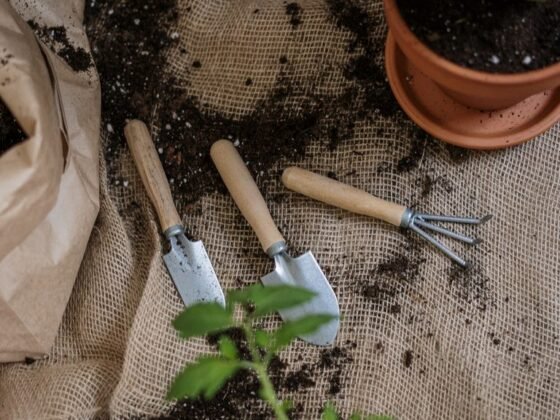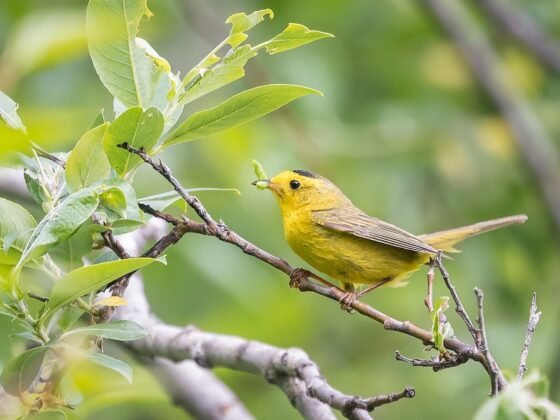Table of Contents Show
When we talk about succulents, we mean a number of plants that live in areas where precipitation does not usually fall too often.
To survive, what they have done has been to gradually transform, over thousands and even millions of years, the leaves and/or stems into their own water warehouses.
Thanks to these reserves they are able to grow in the desert.

There will be some succulent care work to be done within a year. A brief overview of the succulent year – what – when – how – can be found here.
January
- The succulents that are overwintered at room temperature are given little water every 2 weeks; Just enough that they do not dry up and do not grow. Do not fertilize.
- Succulents with thinner leaves or winter waxers such as Aeonium, Rhipsalis, Senecio, Adenium and Pachypodium, Epiphyllum, etc. are watered a little weekly.
- Christmas cacti (Schlumbergera hybrids) are left dry for 4 weeks after flowering.
- Succulents and “cactus classics” (beautiful ones available from Succulent Alley, for example) that are cool at 5-8 °C are in their hibernation; they are not watered.
- Succulents that are cool between 8-15 °C check whether they shrink too much if so, pour a small sip about every four weeks to prevent them from drying out.
- Check regularly for pests, use crop protection if necessary
February
- See what should be repotted. Get pots and substrate for it in good time. Do not water immediately after repotting.
- Order seeds and sowing accessories.
- The cuttings that were placed in small containers / growing trays in autumn last year are planted in larger pots. But wait another two weeks before pouring on.
- Do not water any plants in a cool winter dormancy
March
- Place plants from the cool winter quarters by the window in heated rooms.
- Start watering sparingly. Slowly increase the watering rate if the winter is warm.
- When the succulents have filled their bodies with water again, they are fertilized for the first time.
- Sow on a bright window sill, not in full sun. High humidity favors germination.
- Time for pruning thin winter shoots or general pruning.
- Cut cuttings. Let it dry upright and then plant in a moist substrate.
April
- Insensitive species can already be brought to protected places outdoors. You have to gradually get used to the unfiltered sunlight.
- After the first fertilization, it is now regularly continued according to the package instructions. A calendar in which you enter when fertilization or watering was carried out helps to keep an overview.
- The seedlings from last year’s sowings are transplanted and planted.
- New sowing and pruning are recommended until July and possible until October.
- When the hardy succulents have filled up, fertilizing outdoors is the first time.
- Remove spontaneous accompanying vegetation (weeds) from both pots and the bed.
May
- The succulents are now fully growing. They should receive plenty of warmth, light, water, and nutrients.
- New acquisitions can be repotted after flowering. They should be checked for pests and placed separately for the first few weeks.
- Living stones begin their growth with the first careful watering.
- Winter growers begin their resting phase, they are happy about a location with indirect solar radiation. Water sparingly so that growth is moderate.
- In greenhouses and cold frames, you should ensure good ventilation to avoid damaging accumulated heat.
- From mid-May, almost all succulents can be outdoors. Get used to full UV radiation slowly. Choose locations based on lighting requirements.
- Time to cut cuttings and graft.
June
- The main growing season for most succulents. Accordingly, they must be supplied with all the necessary growth factors. Watch to see what you need.
- Heavily consuming species are heavily watered and fertilized.
- favorable time for grafting or finishing.
- Sowing is still possible.
- The winter hardy outdoors is fertilized again. New plants can still be added. They should grow well. If the dryness persists, shower early in the morning or evening. Remove Sempervivum rosettes that have shrunk after flowering.
July
- The nutrient supply this season is crucial for the set of flowers in winter and the abundance of flowers in the coming year. PK fertilize emphatically.
- Carry out back and maintenance cuts. The cut parts can usually be used as new cuttings.
- Prick out the seeds.
- Freshly planted winter hardy can still grow well and develop a certain increase.
August
- The roots of the succulents continue to grow until around October
- The end of the growing season is approaching. Reduce fertilization with nitrogen.
- Numerous South African succulents are in the main growth phase, so make sure they have a good supply of water and nutrients.
- Pricking out the spring sowing is still possible.
- It is still possible to repot so that the fresh space is well-rooted before winter.
September
- Reduce and limit the watering, stop fertilizing.
- If possible, harden plants with plenty of fresh air and lowering the temperature at night. As long as it is still warm during the day, most species can withstand nocturnal temperatures down to 0 °C.
- Numerous species from southern Africa are still growing. Nevertheless, the watering is limited in order to adapt the growth to the natural length of day and light intensity. The least available factor is always the yardstick for everyone else.
- Move sensitive succulents to winter quarters.
October
- Reduce watering as much as possible. Especially succulents that are overwintered cool let dry completely.
- The last, particularly resistant species such as. Agaves are moved to winter quarters.
- Large and strong shoots can be cut as cuttings until November. They are left to stand dry until spring.
- Check for pests, if suspected also examine the roots for root lice.
- Winter hardy species that are sensitive to moisture receive rain protection.
November
- Water sparingly in warm winter.
- Pour winter wax sparingly.
- Lithops get little water.
- Keep Christmas cacti evenly moist after they have budded.
December
- Almost all species are in hibernation.
- Avoid drafts.
- Schlumbergera is in bloom and needs regular watering.
- Adenium, pachypodium, and aloes should be kept at a minimum of 15 °C and not kept completely dry.
- Lithops are given the final watering before they go to rest.
- Check for pests. Treat if suspected.








